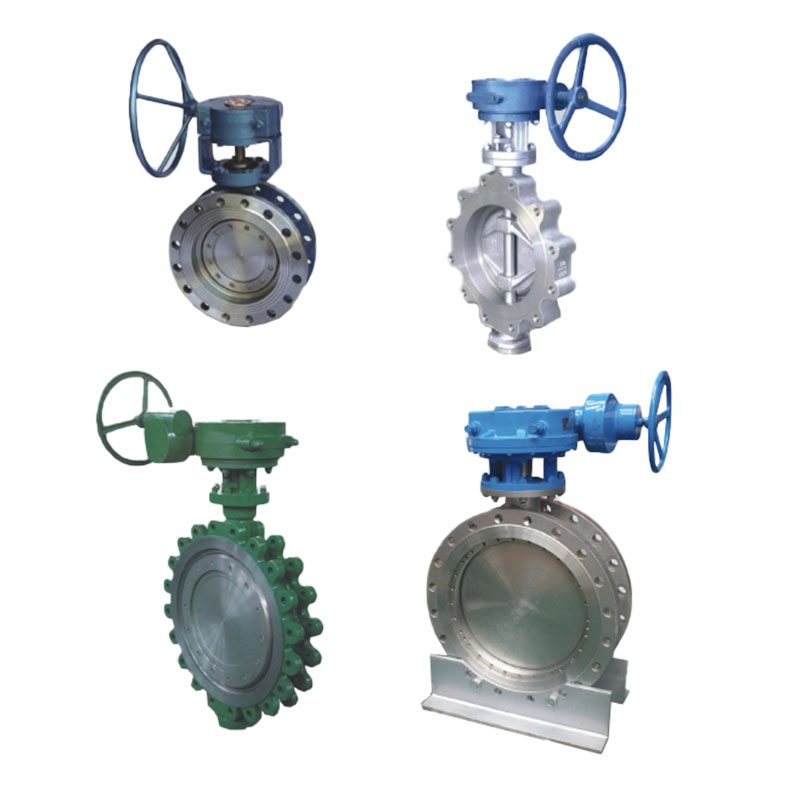Zhejiang Shunlin Valve Co., Ltd. is China Flange Valve Manufacturers, we are design and manufactures API standard valves (globe valves, gate valves, check valves, ball valves).
In-depth analysis of the flow characteristics of gate valves and their influencing factors
Gate valves, as a common industrial valve, play a vital role in fluid control systems. Its flow characteristics, that is, the relationship between the relative flow rate of the medium flowing through the gate valve and the opening of the valve under the condition that the pressure difference between the two ends of the valve remains constant, is an important indicator for evaluating the performance of the gate valve.
1. The basic structure and working principle of the gate valve
The gate valve is mainly composed of valve body, valve cover, gate plate, valve stem and other components. Among them, the gate plate is used as a start and close part, and its movement direction is perpendicular to the direction of the fluid, and the valve is opened and closed by the lifting and lowering movement of the valve stem. The structure of the gate valve is relatively simple and easy to operate. It is suitable for full opening or full closing operations, and cannot perform fine flow adjustment.
2. The influence of valve diameter on flow characteristics
The diameter of the valve, that is, the diameter of the internal channel of the valve, is one of the key factors affecting the flow characteristics of the gate valve. The larger the diameter, the greater the flow rate that the valve can pass. This is because the increase in the diameter means that the cross-sectional area of the fluid passing through the valve increases, thereby reducing the flow rate of the fluid, reducing the fluid resistance, and improving the flow capacity of the valve.
In practical applications, choosing the right diameter is crucial to ensure the normal operation of the pipeline system. If the diameter is too small, the fluid will generate greater resistance when passing through the valve, resulting in increased pressure loss and may even cause pipeline vibration and noise. On the contrary, if the diameter is too large, although the flow capacity is improved, it will also increase the cost and volume of the valve, which is not conducive to installation and maintenance.
3. The influence of the gate structure on the flow characteristics
As the core component of the gate valve, the design and structure of the gate have a direct impact on the flow characteristics. The gate has a variety of structural forms, including solid wedge, parallel disc, flexible wedge, etc. Different gate structures have different contact modes and sealing performances with the valve seat during the opening and closing process, which affects the flow characteristics.
Solid wedge gate valve: The gate of the solid wedge gate valve is a wedge-shaped structure, and its sealing surface is at a certain angle to the vertical center line. During the opening and closing process, the wedge-shaped gate can generate a certain wedge force, so that the sealing surface between the gate and the valve seat fits more closely, improving the sealing performance of the valve. However, due to the existence of the wedge structure, the fluid may be disturbed to a certain extent when passing through the valve, affecting the stability of the flow characteristics.
Parallel disc gate valve: The gate of the parallel disc gate valve is a parallel structure, and its sealing surface is parallel to the vertical center line. During the opening and closing process, the sealing surface between the gate and the valve seat always maintains parallel contact, and no wedge force is generated. This structural form makes the fluid flow more smoothly when passing through the valve, which is conducive to improving the stability of the flow characteristics. However, the sealing performance of the parallel disc gate valve is relatively poor, especially under high pressure conditions, it is prone to leakage.
Flexible wedge gate valve: The flexible wedge gate valve is improved on the basis of the wedge gate. By opening a small opening on the gate or using elastic materials, the sealing performance of the valve and the stability of the flow characteristics are improved. This structural form is suitable for occasions with high requirements for sealing performance and flow characteristics.
IV. Other factors affecting the flow characteristics of the gate valve
In addition to the diameter of the valve and the structural form of the gate, there are many other factors that affect the flow characteristics of the gate valve. For example:
Valve material: Valves of different materials have different resistance to the fluid, which affects the flow characteristics. Generally speaking, valves made of metal have greater resistance, while valves made of plastic or rubber have less resistance.
Fluid properties: The viscosity, density, temperature and other properties of the fluid will also affect the flow characteristics. Fluids with higher viscosity will produce greater resistance when passing through the valve, reducing the flow capacity; while fluids with higher temperatures may cause the valve material to expand or deform, affecting the sealing performance and flow characteristics.
Installation and maintenance: The installation position, direction and daily maintenance of the valve will also affect the flow characteristics. Improper installation or improper maintenance may cause valve leakage, jamming and other problems, which will affect the stability of the flow characteristics.

 English
English 中文简体
中文简体 русский
русский







